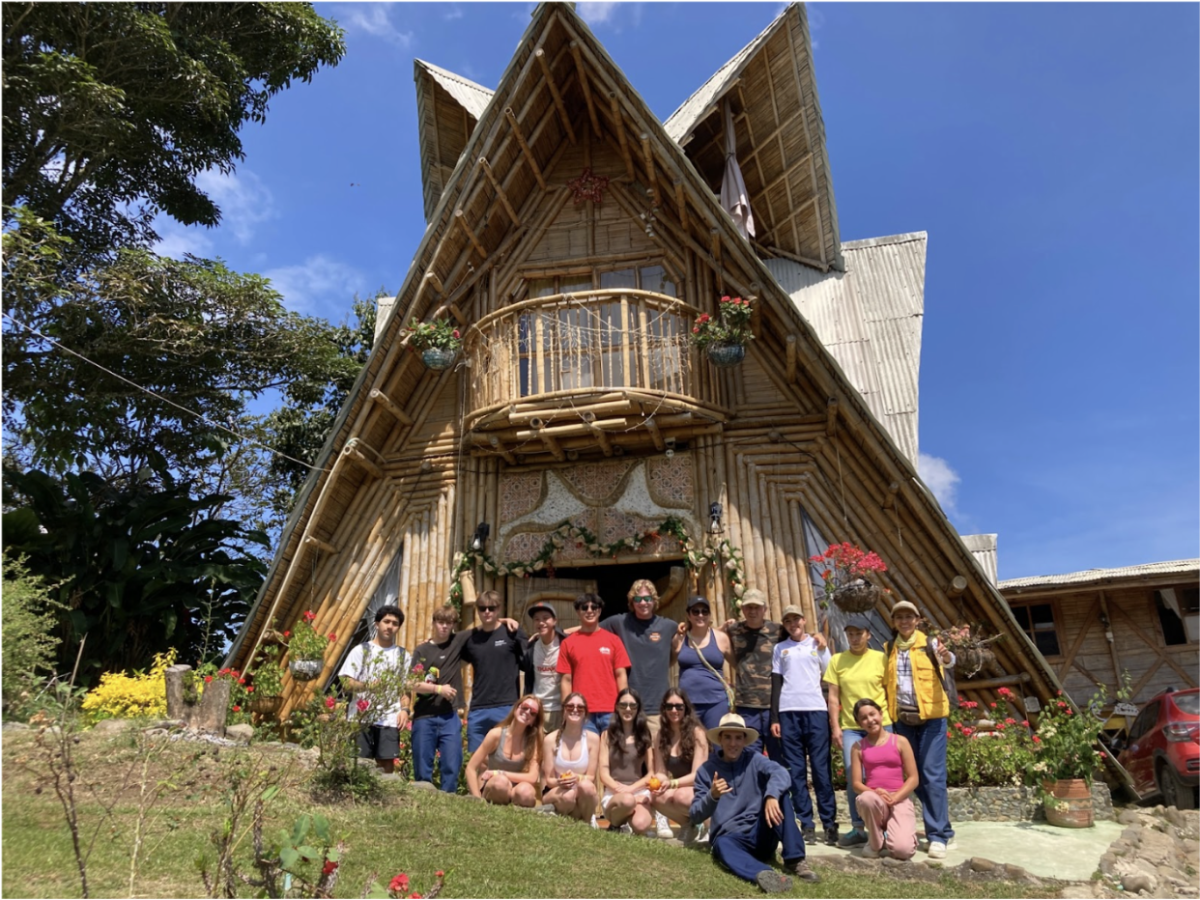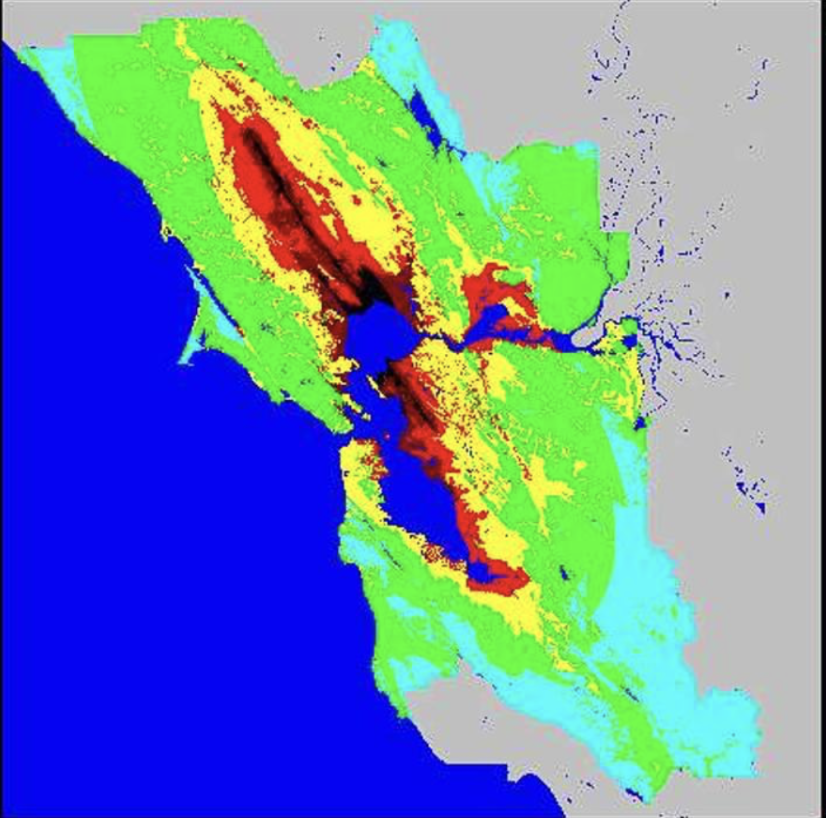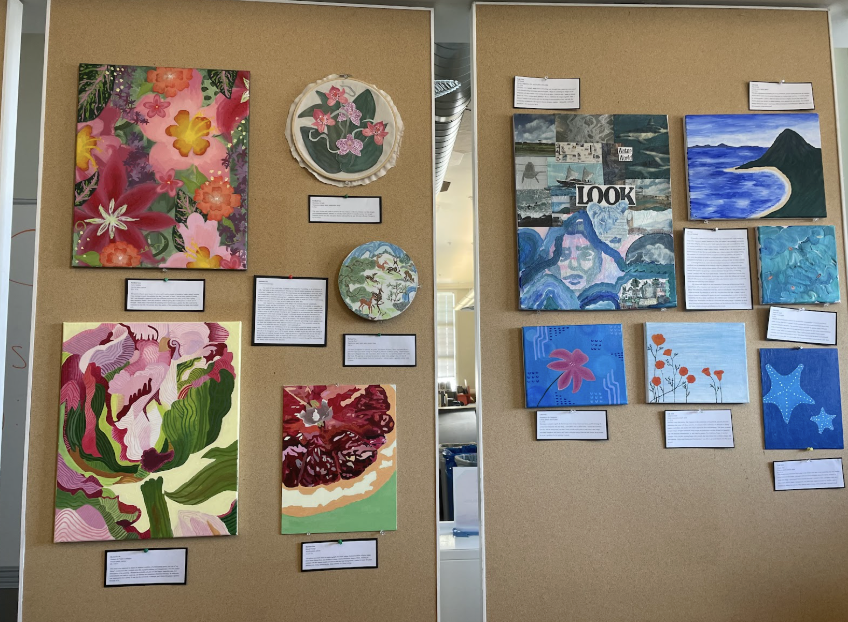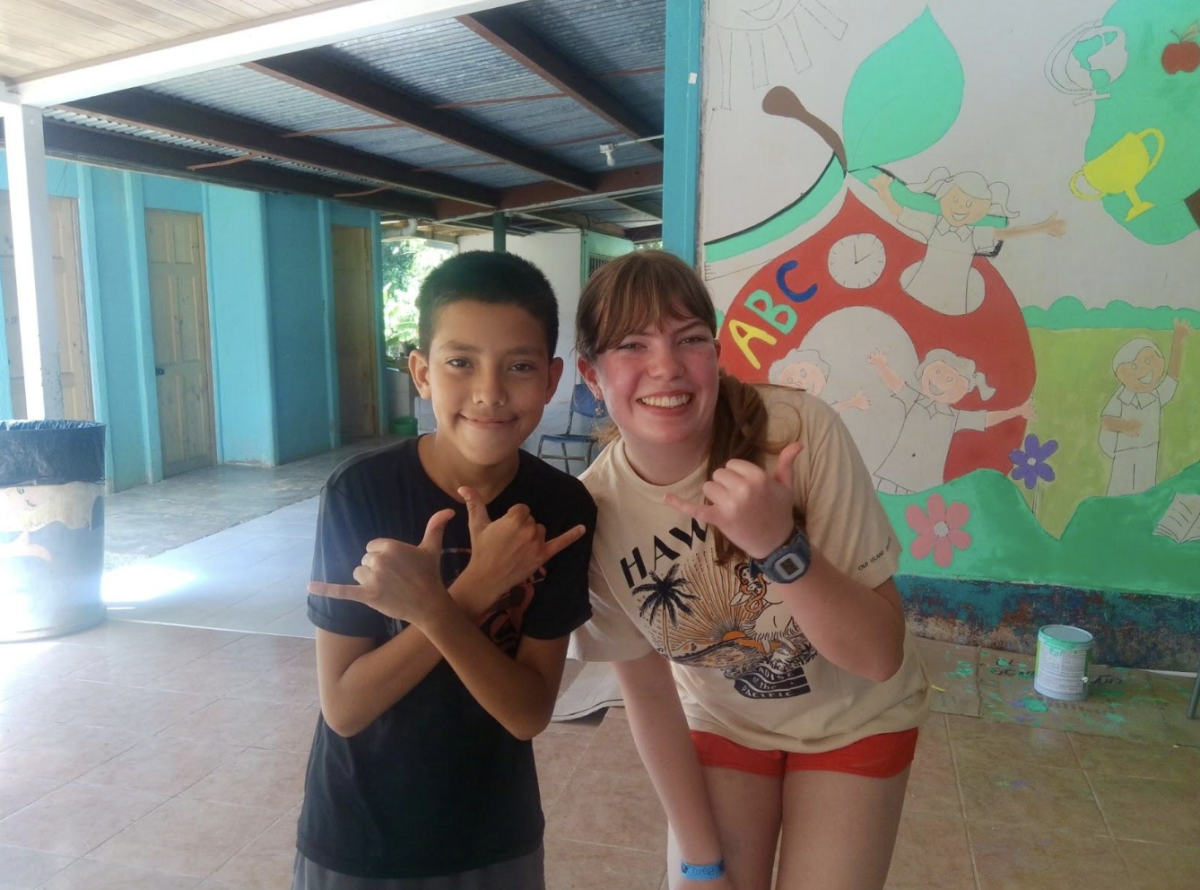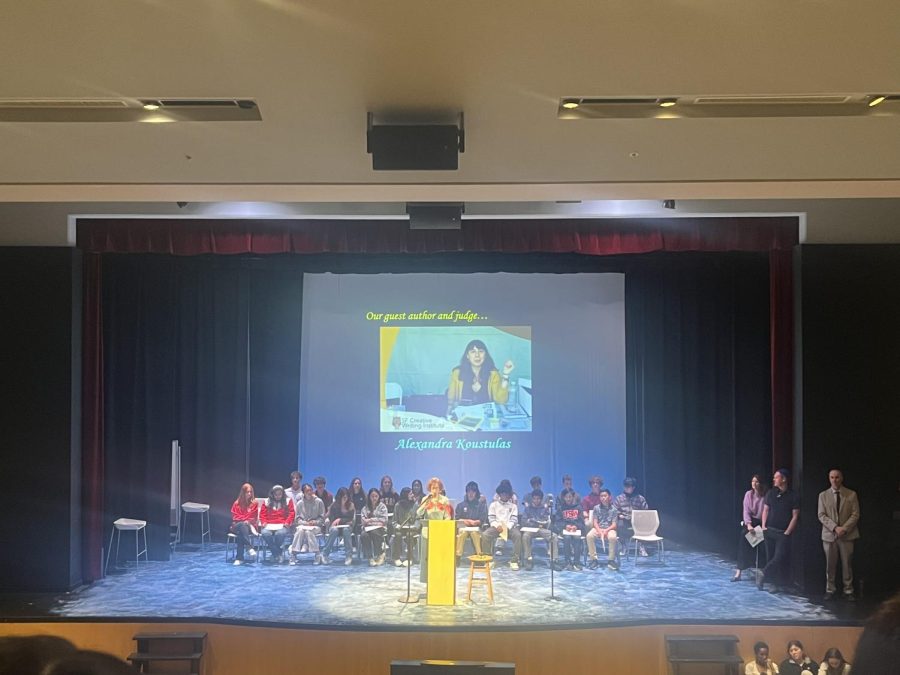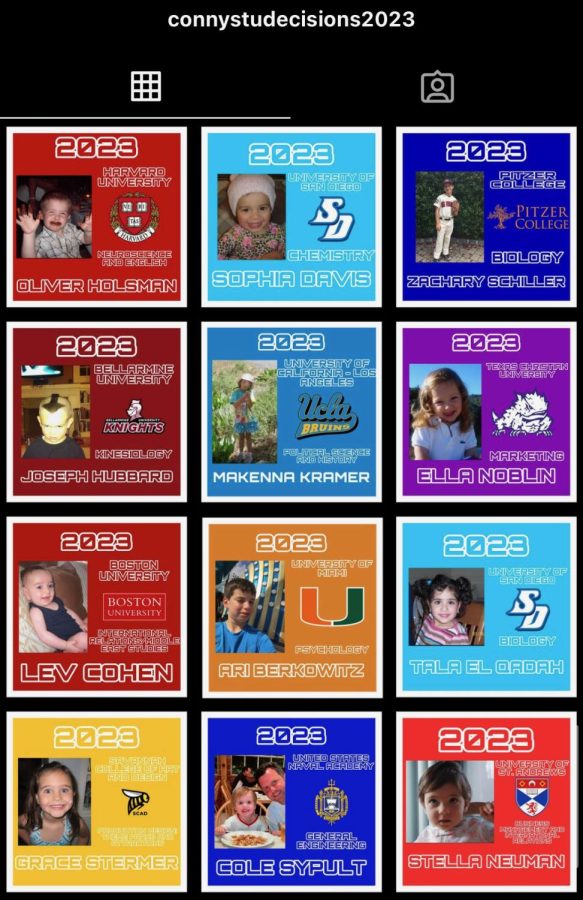Emma Herlihy
Asst. News Editor
Abandoned fishing nets, empty plastic bottles and everyday trash make up a floating dump commonly know as the north Pacific Gyre or the Plastic Vortex in the North Pacific Ocean which is estimated to be twice the size of Texas — and is still growing.
Project Kaisei, an organization whose mission is to study how to capture the accumulation of garbage and recycle it into diesel fuel, sent its 150-foot ship equipped with researchers, scientists and environmentalists to the plastic vortex in August.
“Everybody on board was actually saddened on the first few days because of the amount of garbage out there,” said Project Kaisei co-founder Mary Crowley. “It made us quite sad that we as a civilization are letting our garbage get out there.”
Strong currents in the Pacific Ocean keep the water in a circular motion know as the Oceanic Gyres. Garbage drifts into this gyre and gets stuck in the swirling currents.
“We intend to stop the flow of garbage into the ocean and clean up what is there,” said Crowley.
An estimated 85 million plastic bottles are used every three minutes and less than five percent of the world’s plastics are recycled, according to National Geographic.

Over 60 percent of the waste in the North Pacific Gyre is from land-based sources and the plastic materials are easily broken down into smaller pieces from weather and ultraviolet rays.
“The best thing we can do is not allow it to get any bigger,” said Marissa Kendall, AP Environmental Science teacher. “We hope for time and technology to come up with ways to clean up such small bits of plastic.”
Some of the plastic pieces are as small as zooplankton, a staple food for many fishes and birds. Scientists suspect the plastic toxins are poisoning fish and marine life.
“What is really exciting about it is that [Project Kaisei] actually went to do something about it,” said Project Kaisei volunteer Amanda Coffee (’04). “They actually went out there to get their hands dirty.”
Birds and fish eat the floating plastic rather than sustainable food, which results in starvation.
Ghost nets are frequently found in the gyre. The abandoned fishing nets kill coral reefs when they make contact, and marine life frequently gets caught inside the nets and die.
“I think project Kaisei is a long term project and we really need everybody’s help with what they do with their garbage,” said Crowley.
Researchers are still trying to figure out how all the garbage has accumulated in the gyre, but people can reduce their use of plastic products and be aware of recycling what they can, according to Earth 911.
“We can be more mindful about what we do with our trash,” said sophomore theology teacher Kate McMichael. “If we see the earth as just a resource then it just has use value. If we see the earth as a sacred trust, then we care for it like another.”







